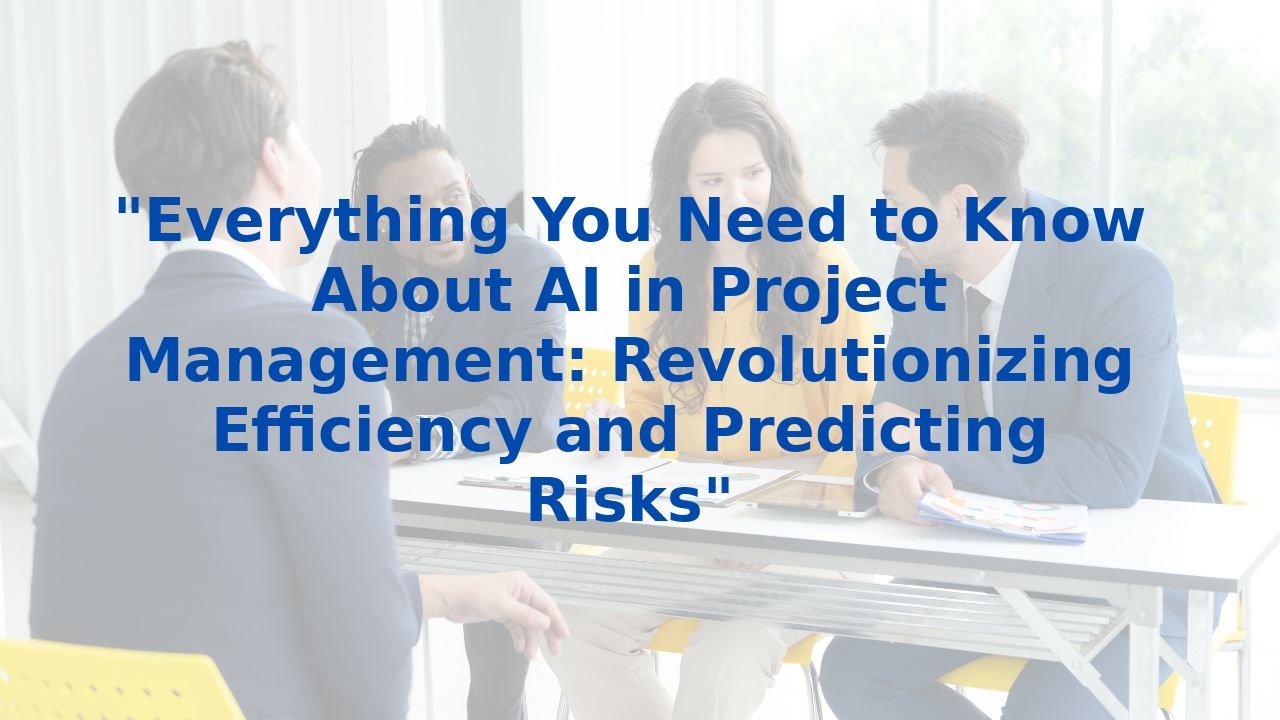A Guide To Equitable AI Integration in Education: Empowering Every Student for a Better Future
A Guide To Equitable AI Integration in Education: Empowering Every Student for a Better Future
The Opportunity to Shape AI in Education: Enhancing Efficiency and Equity
Artificial intelligence (AI) is more than just a buzzword; it's a transformative force that has the potential to shape the future of education fundamentally. By enhancing efficiency while prioritizing inclusivity, AI can create an environment where every student thrives, especially those from low-income and digitally underserved communities. In this guide, we will explore how AI can improve educational business processes and the indispensable role of comprehensive training in ensuring equitable AI integration.
Enhancing Efficiency in Education with AI
AI can streamline and improve various aspects of educational processes, making them more efficient:
- Personalized Learning: One of the most profound ways AI can impact education is through personalized learning experiences. By analyzing individual student data, AI can provide tailored instruction that meets the unique needs of each learner. This adaptability benefits everyone, especially students with disabilities or those who learn differently, fostering an environment that embraces diverse learning pathways.
- Automated Administrative Tasks: Imagine how much time educators would save if grading and lesson planning could be automated. AI can take on these administrative burdens, enabling teachers to devote more time to what truly matters—supporting their students and enhancing classroom engagement.
- Enhanced Accessibility: AI-driven assistive technologies offer vital support for students with disabilities. From text-to-speech solutions for those with visual impairments to real-time transcription services for students who are hard of hearing, AI can make learning experiences substantially more inclusive.
The Benefits of Equitable AI Integration
For AI to have a broad and meaningful impact, its integration must be guided by equitable principles. Here are several recommendations to facilitate this process:
- Fostering Diversity in Leadership: Diverse leadership teams can significantly affect the development of AI solutions. By bringing in varied perspectives, organizations can ensure that AI is designed to meet the needs of all students, effectively aligning with the diverse backgrounds and abilities present in classrooms today.
- Ensuring Equitable Access: Providing AI-ready devices and reliable, high-speed internet connectivity to every student is essential. This foundational step directly addresses the digital divide, enabling marginalized communities to access the same opportunities as their peers.
- Providing Continuous AI Training for Educators: Educators should be equipped with a robust understanding of AI tools. Comprehensive training programs empower teachers to effectively utilize AI in their classrooms, enhancing the educational experience for every student.
- Implementing Strong Data Privacy Measures: Safeguarding student information is non-negotiable. Ensuring data privacy is not only a matter of compliance but also a vital component in creating a trustworthy learning environment. Monitoring data quality and algorithmic biases is crucial for fair decision-making.
- Engaging Low-Income and Digitally Underserved Communities: Genuine engagement with marginalized communities is essential. Involving them in the design, evaluation, and adoption of AI systems ensures solutions are culturally sensitive and truly effective.
The Importance of Employee Training
Training employees for AI integration is crucial for several reasons:
- Critical Understanding: It’s essential that educators grasp how AI functions and recognize its potential biases. With a firm understanding of AI literacy, educators can effectively navigate and evaluate available tools.
- Effective Integration: Training ensures that AI enhances classroom experiences instead of replacing the invaluable human element of teaching. For instance, utilizing AI to augment learning for students with disabilities enriches the educational landscape.
- Addressing Risks: AI comes with its set of risks, such as data privacy concerns and algorithmic bias. Proper training prepares educators to identify these risks and equips them with strategies for mitigation, ensuring a balanced approach to AI integration.
Conclusion
The potential for AI to revolutionize education is immense, offering pathways to enhanced efficiency and increased equity. However, this journey necessitates careful planning, inclusive design, and continuous training for educators. By fostering diversity in leadership, ensuring equitable access, providing ongoing AI training, implementing strong data privacy measures, and actively engaging low-income and digitally underserved communities, we can create a more inclusive learning environment. Every small step toward equity propels us toward a brighter, more inclusive future for all students.
Consider reaching out for more insights on how to equip your organization with the necessary AI skills to drive this change.



